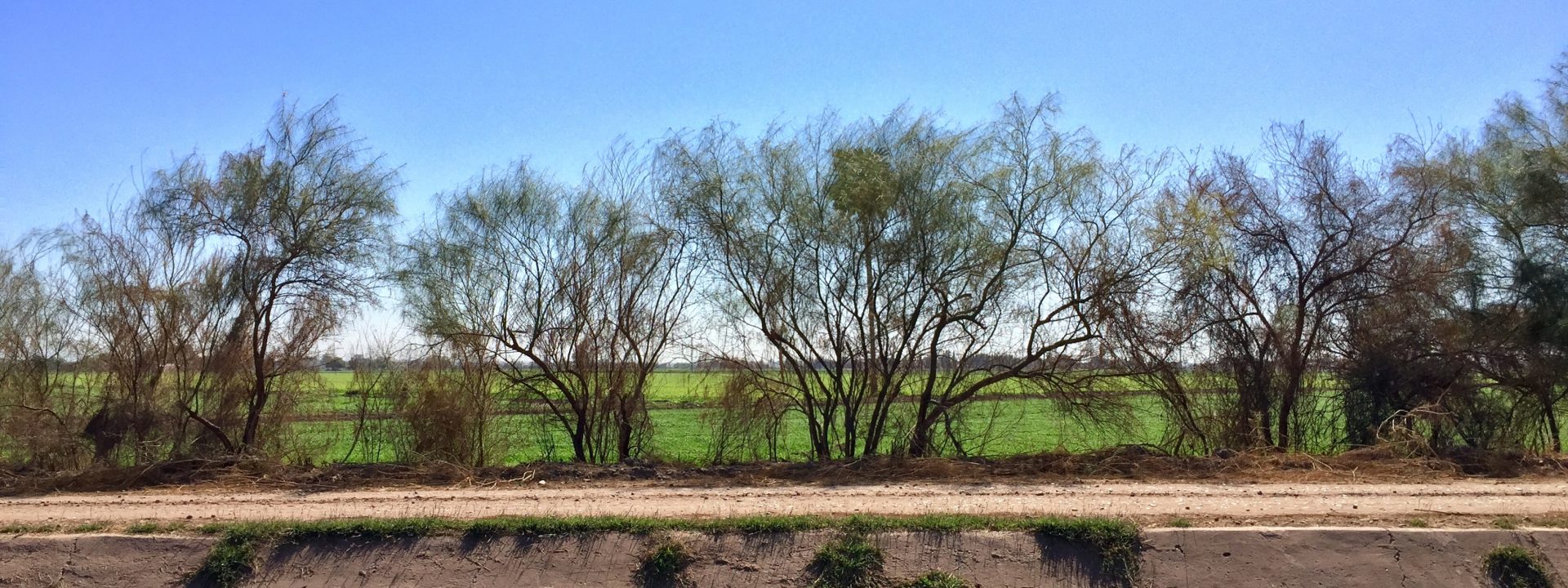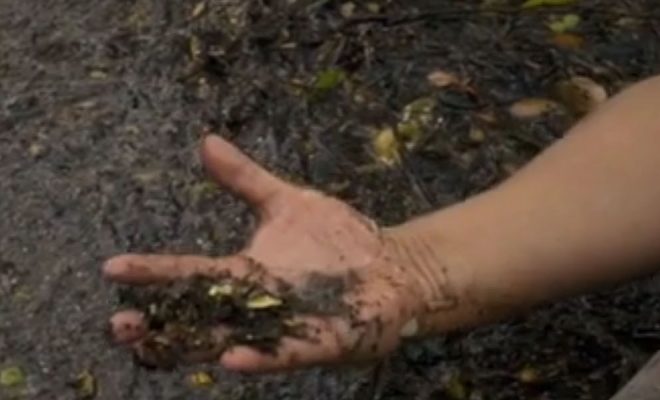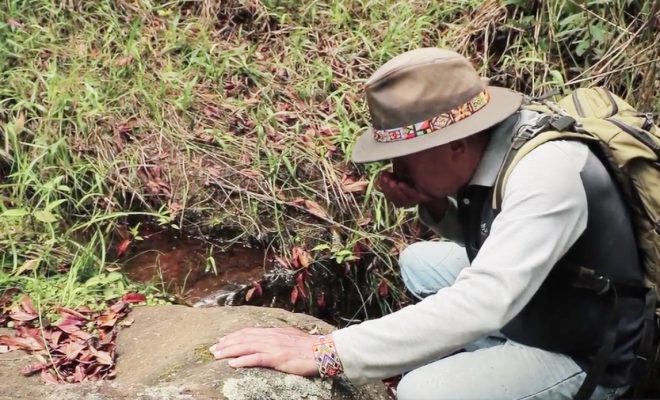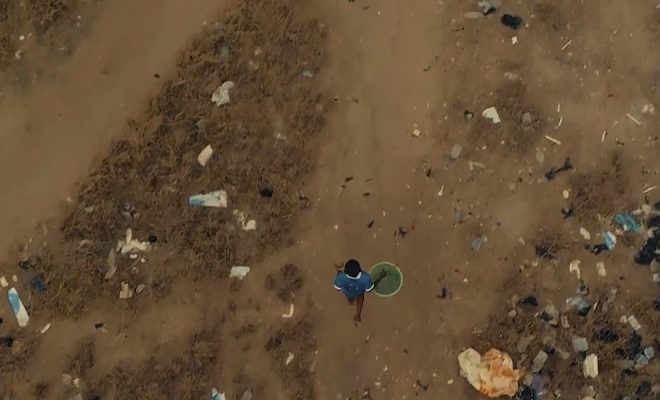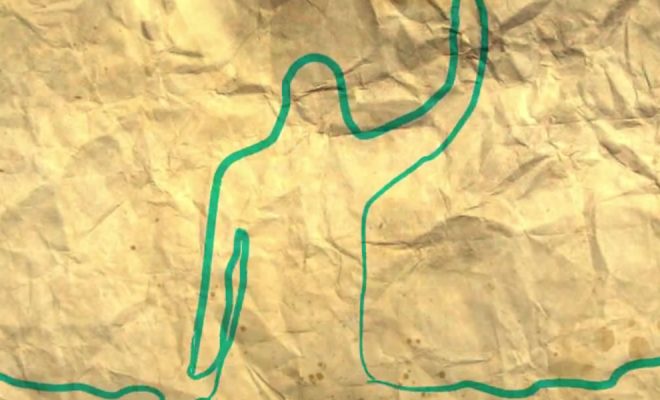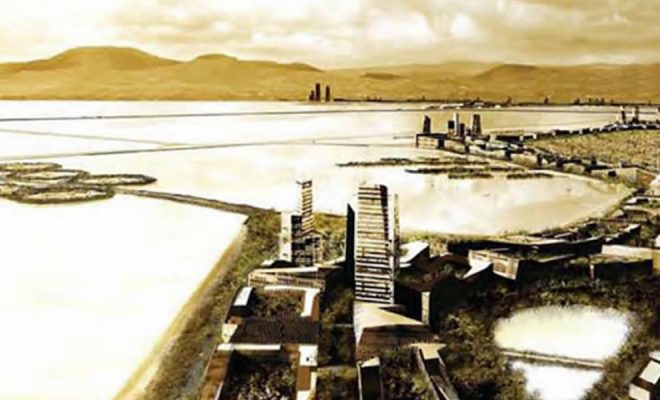The so-called “point source pollution”, the entry of localized and identified pollutants, is endemic to many watersheds all around the world, where its inhabitants live with high rates of pollution. But when this pollution is sudden, it is much more lethal as the population is unprepared and defenseless. This is a story that frequently repeats itself in many countries in which life in these areas, often remote, is cut short and its population is neglected or ignored by governments.
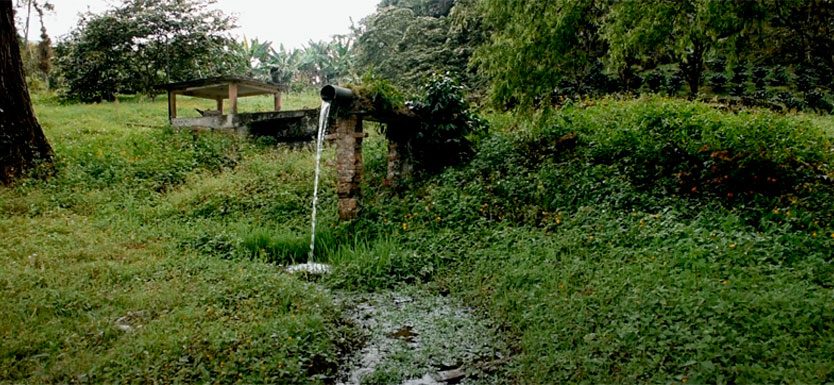
The so-called “point source pollution”, the entry of localized and identified pollutants, is endemic to many watersheds all around the world.
Lágrimas de la Tierra, the short film winner of the audience award at the fifth edition of the We Art Water Film Festival, narrates the consequences of one of these stories. David Ballesteros, its author, lives in Mexico City and studies Communication Sciences at the School of Political and Social Sciences of the Universidad Nacional Autónoma de México (UNAM).
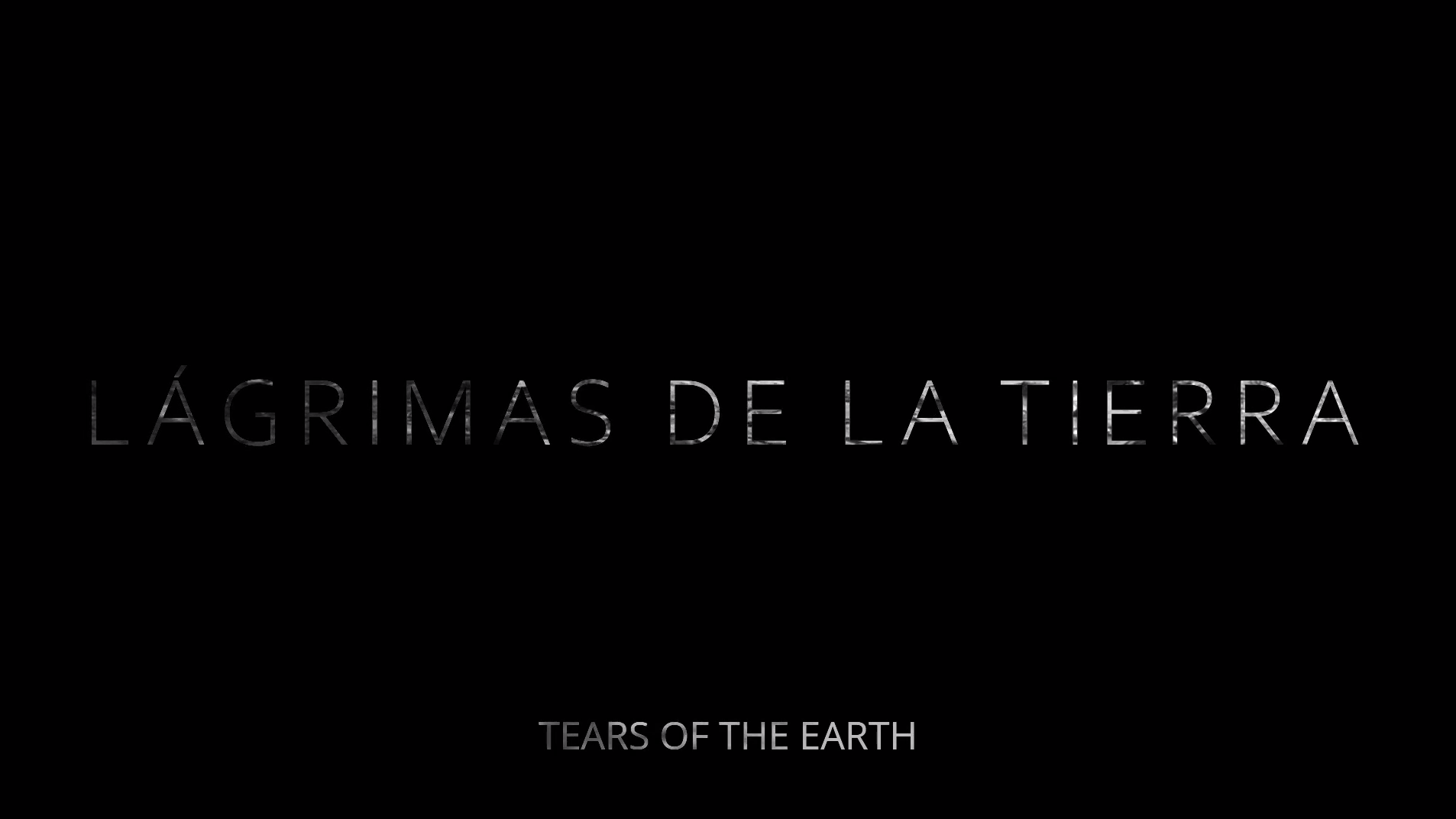
Lágrimas de la Tierra, by David Ballesteros, winner of the audience award at the fifth edition of the We Art Water Film Festival.
David was inspired by the infamous spill of the Sonora River, in the northwestern region of Mexico where, on the 6th August 2014, Grupo México, the most important copper mining company in the country and one of the largest producers in the world, spilled 40 million liters of toxic waste into the river.
The spill affected the lives of more than 22,000 people, who were not informed until 24 hours later and destroyed the fauna, flora and health of many inhabitants of the river, who lost their crops and most of their livestock.
The disaster was due to the overflow of one of the leachate collection pools of the mines after an episode of heavy rainfall. These pools are dams where water from the washing and processing of minerals is collected; this water is loaded with toxic products, such as sulfuric acid, which is used to separate the copper from the common ore, sulfates and other residues.
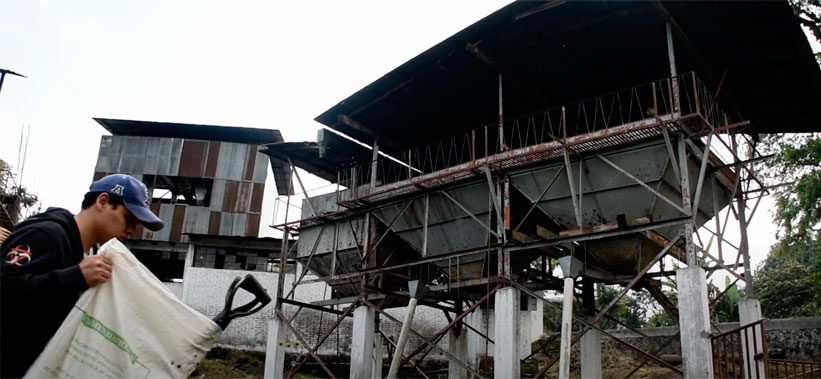
The disaster was due to the overflow of one of the leachate collection pools of the mines after an episode of heavy rainfall.
The spill was described as the worst environmental disaster caused by the mining industry in Mexico. The federal government, in response to citizen pressure, forced Grupo Mexico to create a trust fund of US$150 million to repair the damage to those affected. At present, the negative consequences of the disaster have not yet been repaired and the Government has implemented a plan to recover water courses and build water treatment plants. For the population, the threat of the dam is still there.
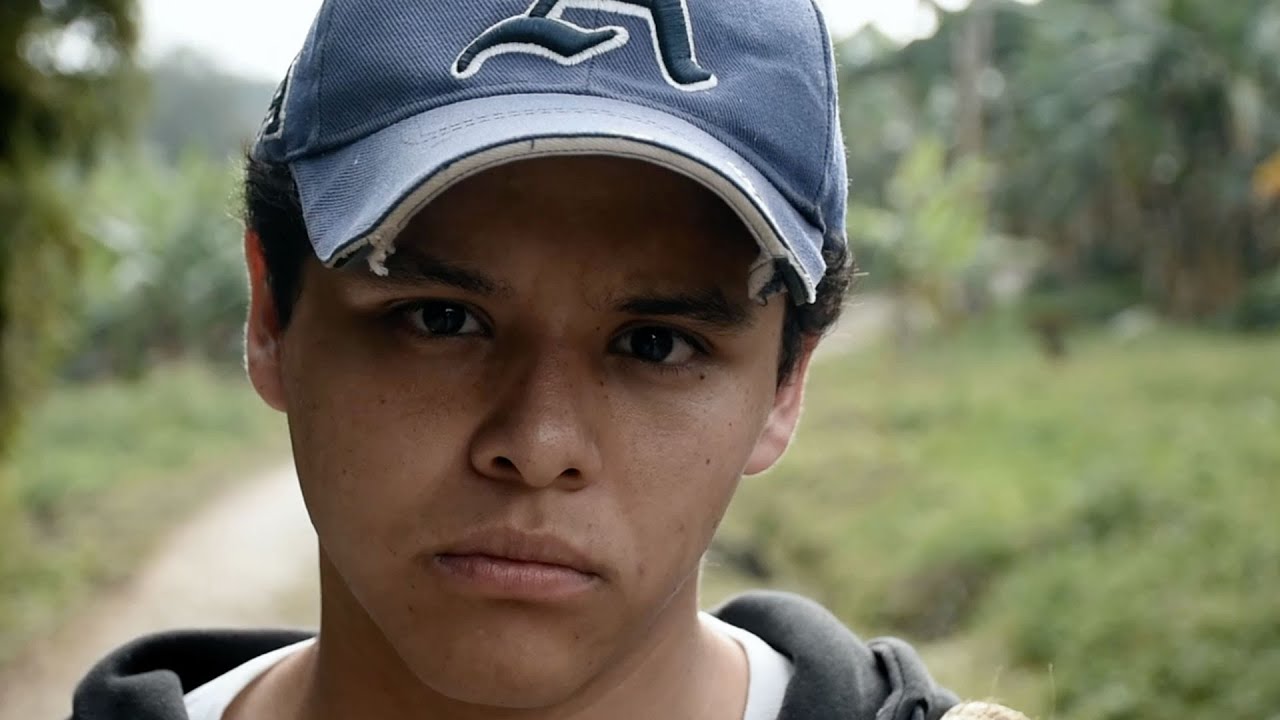
David Ballesteros, author of Lágrimas de la Tierra, short film winner of the audience award at the We Art Water Film Festival 5.
The helplessness of peasants
“I wanted to make a story based on protest – David declares – Passing laws is not difficult, it is difficult to respect them. What happens is that companies with incredible power arrive there and dump waste, and the government has to ignore this because of the power of these companies or the contribution they make to the country. It is incoherent and rude, as there are villages and communities that live along these rivers which are severely affected and need compensations. Many families are forced to migrate because they need drinking water.”
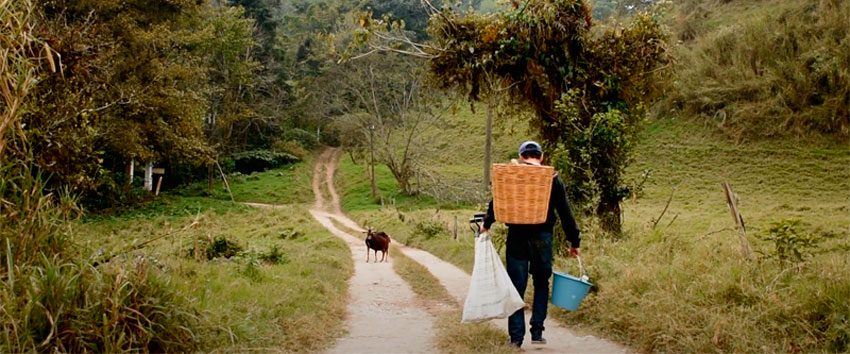
The common denominator of human disaster is the helplessness of remote communities with little political or economic importance.
The case of Sonora is not the only one and, unfortunately, it is recurrent in many mining areas around the world. In our articles you can find information about the damage of mining spills in Bolivia, Ghana, Russia, Colombia and Peru. These are all cases of point-source, localized and known pollution, and in all of them the common denominator of human disaster is the helplessness of remote communities with little political or economic importance.
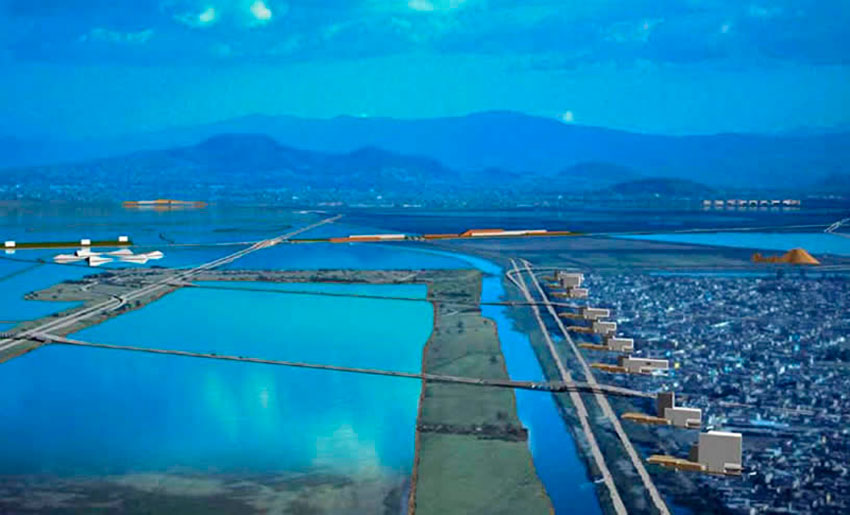
Recreation of the Mexico, Lake City project by Alberto Kalach
México faces climate change
David warns of the situation in Mexico, where the management of water resources is plagued by controversial contrasts and aggravated by an unbalanced population distribution and the effects of global atmospheric warming that is being experienced in a hurtful way in practically the entire country. “This may sound extreme, – the filmmaker states – but Mexico is waiting for the disaster to come closer. The capital is going to end up having a total shortage of water. Droughts are very common and temperatures are rising. There are naturally humid states, such as Campeche, Veracruz, Quintana Roo and Michoacán, which have reached up to 40 ºC; and hot northern states that are hotter than ever: in Monterey, in the state of Nuevo León, a thermal sensation of 50ºC has been reached.
Mexico City, on the brink of water collapse
“Mexico City is the perfect example of what a city should never become.” Mexican architect Alberto Kalach began the explanation of his project Mexico, Lakeside City at the Roca Barcelona Gallery five years ago with this statement. Since then, the news from Mexico City have not been encouraging, as corroborated by other Mexican architects, like Jorge and Arturo Arditti, Jaime Ventura and Susel Biondi during the last debate of our Smart Water initiative.
David corroborates the serious water imbalance of the capital and summarizes: “The problem lies in the fact that the Cutzamala dam system [the main water supplier for Mexico City] is in a critical state due to the lack of rain. We must take into account that the recharge of the system, which is 25 m3 per second, is being exceeded by the demand of 21 million inhabitants of the Valley of Mexico. Consequently, 55 m3 are being extracted, more than double. There are also losses that consume up to 40% of the water transported, due to deteriorated aqueducts.”
The young drivers of change
David thinks the reason for his victory in the public vote is due to the wave of empowerment of art and creativity that Mexican youths are experiencing: “There are many creative people and very talented artists in Mexico and in Latin America. There is artistic hunger in the country and a great desire to see its creative people and artists move forward.”
In Mexico, social awareness has awakened among young people and citizens are putting pressure on the government and companies: “Awareness has been raised – he declares – That same youth is increasingly aware of the role of citizens in solving water deterioration. The greatest problem, more than ecological, is social and based on corruption. Pressure must be exerted. As a citizen, I have to play my part and be more sustainable, save water and not consume products that pollute, but companies also have the responsibility not to pollute and not to take water away from those communities that do not have it.”
David was impressed by the quality of the pieces presented at the festival and recommends watching the 45 finalists. He calls on the world’s creatives to participate in the next edition: “The submitted pieces are a journey through many very painful and worrying realities that need to be addressed now. I call on all creatives to raise awareness of how important it is to be consistent and grateful to water, which is the engine of life. I invite all future participants to realize how important it is to seek to do good for their communities, their country and the entire world instead of worrying about winning an award.”


